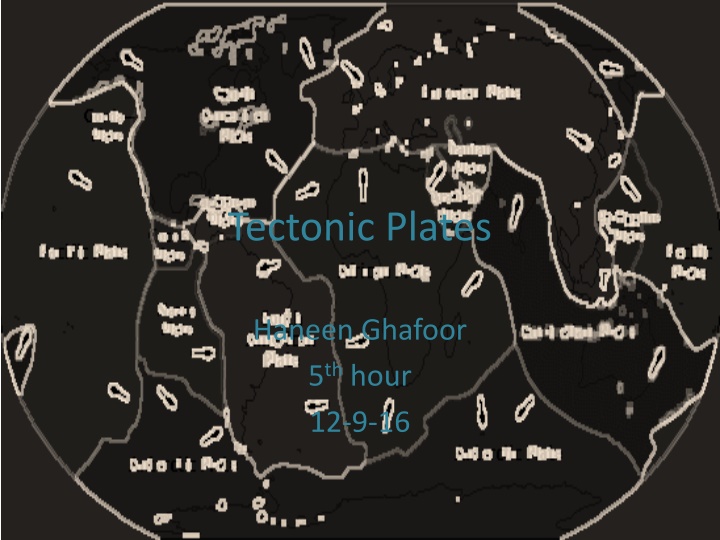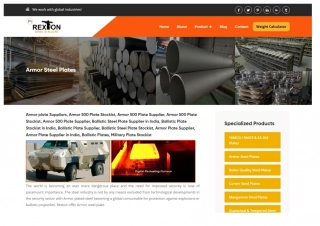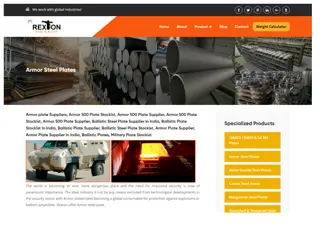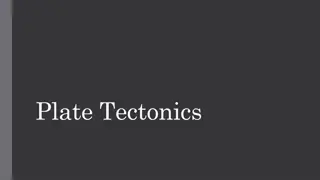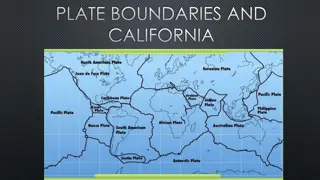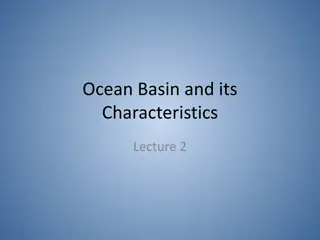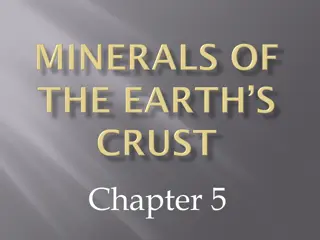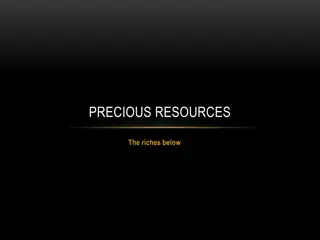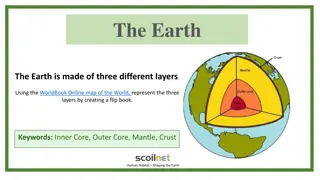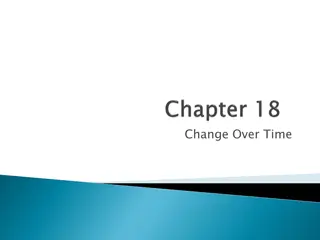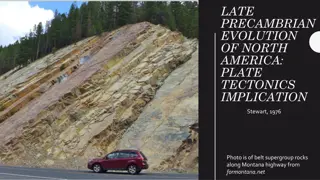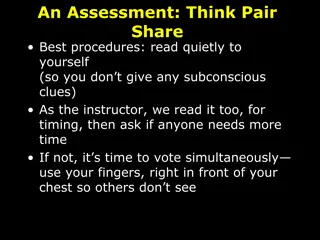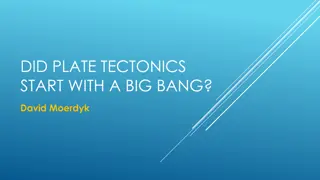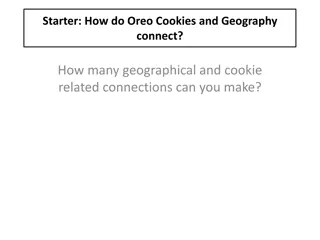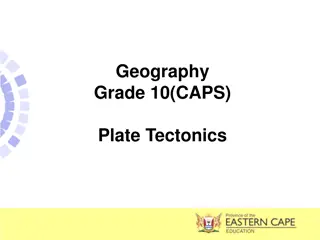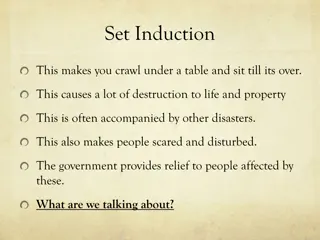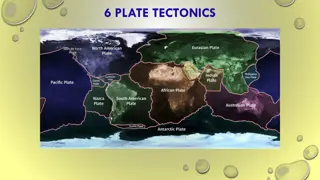Plate Tectonics and Earth's Crust
Explore the differences between oceanic and continental crust, the distinctions of lithosphere and asthenosphere, the dynamics of convergent and divergent boundaries, as well as the concepts of folding and faulting in geological formations. Delve into the characteristics of oceanic crust versus oceanic lithosphere and grasp the differences between normal and reverse faults.
Download Presentation

Please find below an Image/Link to download the presentation.
The content on the website is provided AS IS for your information and personal use only. It may not be sold, licensed, or shared on other websites without obtaining consent from the author.If you encounter any issues during the download, it is possible that the publisher has removed the file from their server.
You are allowed to download the files provided on this website for personal or commercial use, subject to the condition that they are used lawfully. All files are the property of their respective owners.
The content on the website is provided AS IS for your information and personal use only. It may not be sold, licensed, or shared on other websites without obtaining consent from the author.
E N D
Presentation Transcript
Tectonic Plates Haneen Ghafoor 5thhour 12-9-16
Oceanic V.S Continental Crust Oceanic Crust It is composed of several layers, not including the overlying sediment. Oceanic crust is about 6 km (4 miles) thick. The oceanic crust includes lavas made of basalt that is, rock material consisting largely of plagioclase feldspar and pyroxene Continental Crust continental crust is the layer of granitic, sedimentary and metamorphic rocks Continental crust is about 35 to 40 km the relatively thick part of the earth's crust that forms the large landmasses. It is generally older and more complex than the oceanic crust.
Lithosphere V.S Asthenosphere Lithosphere Asthenosphere The upper layer of the earth's mantle, below the lithosphere, in which there is relatively low resistance to plastic flow and convection is thought to occur. The rigid outer part of the earth, consisting of the crust and upper mantle.
Convergent And Divergent Boundaries Convergent Boundary In plate tectonics, a convergent boundary, also known as a destructive plate boundary (because of subduction), is an actively deforming region where two (or more) tectonic plates or fragments of the lithosphere move toward one another and collide. Divergent Boundary In plate tectonics, a divergent boundary or divergent plate boundary (also known as a constructive boundary or an extensional boundary) is a linear feature that exists between two tectonic plates that are moving away from each other.
Folding V.S Faulting Folding A bend in a layer of rock or in another planar feature such as foliation or the cleavage of a mineral. Folds occur as the result of deformation, usually associated with plate- tectonic forces. Faulting In geology, a place where sections of the crust of the Earth move relative to each other. (See earthquake and San Andreas fault.) Note: Faults tend to occur near the edges of tectonic plates.
Oceanic Crust V.S Oceanic Lithosphere Oceanic crust the relatively thin part of the earth's crust that underlies the ocean basins. It is geologically young compared with the continental crust and consists of basaltic rock overlain by sediments. Oceanic lithosphere Earth's lithosphere includes the crust and the uppermost mantle, which constitute the hard and rigid outer layer of the Earth. The lithosphere is subdivided into tectonic plates.
Normal fault V.S Reverse Fault Normal Fault normal fault. A geologic fault in which the hanging wall has moved downward relative to the footwall. Normal faults occur where two blocks of rock are pulled apart, as by tension. Compare reverse fault. Reverse Fault A geologic fault in which the hanging wall has moved upward relative to the footwall. Reverse faults occur where two blocks of rock are forced together by compression. Compare normal fault. See Note and illustration at fault.
Interesting Facts One famous transform boundary is the San Andreas Fault in California. The Mariana Trench is the deepest part of the ocean. Scientists are now able to track the movement of tectonic plates using GPS. Most of the Earth is covered by seven major plates and another eight or so minor plates.
Conclusion In conclusion there are many different types of plates such as the Lithosphere, Oceanic Crust, Oceanic Lithosphere and more. Most of the Earth is covered by seven major plates and another eight or so minor plates.
Sited Works http://www.ducksters.com/science/earth_scienc e/plate_tectonics.php https://www.britannica.com/science/oceanic- crust www.dictionary.com/browse/reverse-fault https://en.wikipedia.org/wiki/Convergent_bound ary https://www.google.com/webhp?sourceid=chro me-instant&ion=1&espv=2&ie=UTF- 8&safe=active&ssui=on#safe=active&q=lithosphe re+definition
